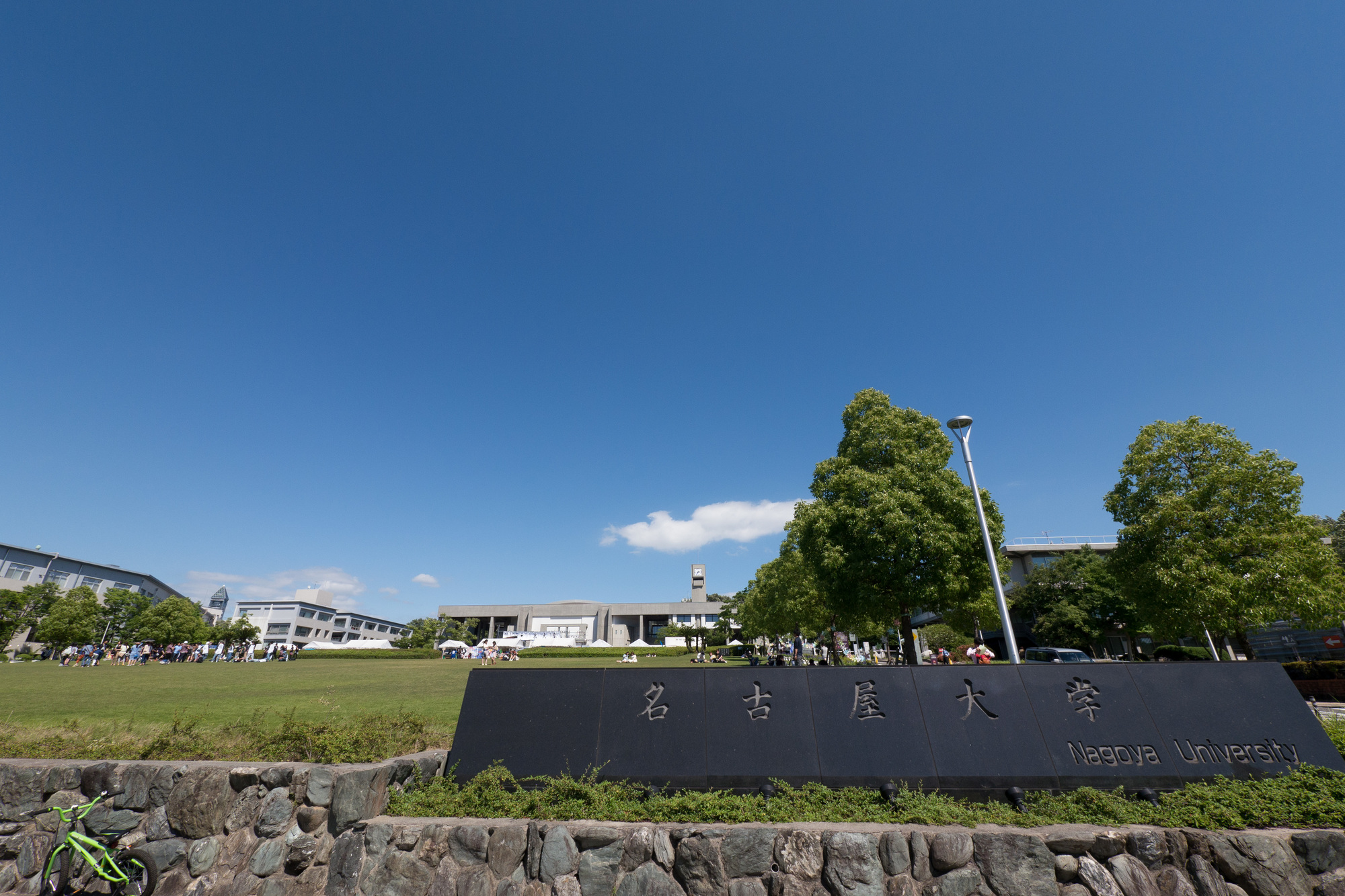Mr. Hitoshi Takuma of the Kawaguchi City Science Museum, Saitama Prefecture, is one of the world's most valuable solar observation data. Observatory, Belgian Royal Observatory's analysis revealed.
Since 1610, the sun, the most familiar celestial body to mankind, has been intermittently observed by telescopes by scientists around the world.These have clarified long-term fluctuations in solar activity and have been used as the basis for discussions such as their impact on the global environment.However, there are many problems in the accuracy and stability of each observation data in reconstructing solar activity.A recent study by the Royal Observatory of Belgium, which compiles sunspot observation records, shows that highly homogeneous observation data from individual observers is more efficient in the long and short term than observations by specialized observatories in shifts. He points out that the observation data is stable.
This time, when the research team investigated and analyzed the records kept at the Kawaguchi City Science Museum, they found that the amount of data was larger than that of the Royal Observatory of Belgium (1981–2010), and that all observations were made by the same person. It has become clear that it has one of the best stability in the world compared to the data of long-term sunspot observers.
At the Kawaguchi Science Museum, more than 40 sunspot sketch records, logbooks, and other solar observation data observed by Hitoshi Takuma over the course of 1 years are preserved.These were observed by Mr. Takuma with one telescope when he was enrolled at the Kawaguchi Municipal Children's Culture Center (May 1972 to March 5) and at the Kawaguchi Municipal Science Museum from April 2003 to August 3. This is a rare example in the world of long-term, stable recording with fixed observation personnel, observation sites, and observation equipment.Takuma's data has not been used to reconstruct sunspot relative numbers by the Royal Observatory of Belgium, so the research team compared the two and found the results to be very stable.
The Kawaguchi City Science Museum publishes all the sunspot sketch records obtained, including the automatic sketch observation records that have been in operation since September 2010, on the museum's website.The research group believes that the data from the Kawaguchi Science Museum may greatly contribute to reconstructing the variability of solar activity over the past several centuries, and that the sunspot sketch records may not be of great help in understanding short-term space weather phenomena. I'm thinking.
Paper information:[Geoscience Data Journal] Sunspot observations at Kawaguchi Science Museum: 1972 –2013
reference:[Kawaguchi City Science Museum] Solar Data (list of solar images)

